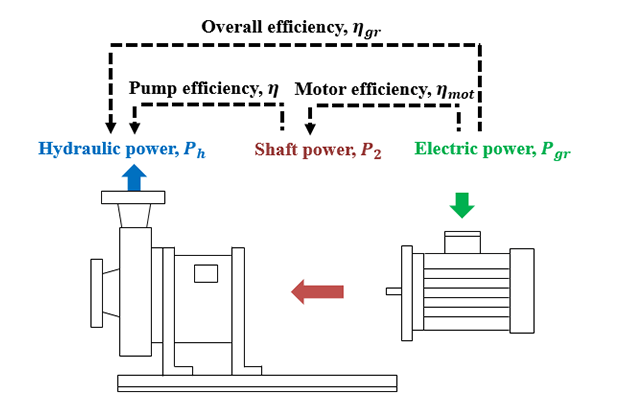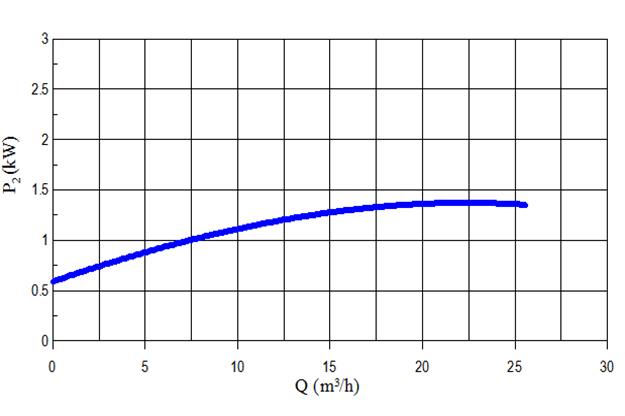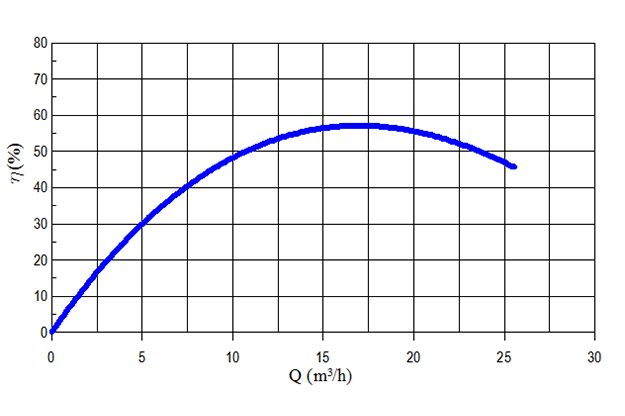Hydraulic Power, 
Hydraulic power is the power delivered by the pump in the form of flow rate and head.
Hydraulic power is defined by
 Where,
Where,
 = density of the liquid
= density of the liquid = acceleration due to gravity
= acceleration due to gravity = pump flow rate
= pump flow rate = pump total head
= pump total head
Hydraulic power is usually expressed in kW and is usually placed in the numerator when used for calculating the pump efficiency. Hydraulic power is placed in the denominator when calculating for energy efficiency index (EEI).

Electric Power, 
Electric power is defined as the power input to the equipment. It can be measured using an electric meter or a power meter and is usually expressed in kW. When calculating total efficiency, electric power is placed in the denominator. It is placed in the numerator for calculating EEI.
For canned motor pumps, since the motor and the pump is an integrated unit, therefore, the power input for the canned motor pump is the electric power.
Shaft Power, 
Shaft power is the power output of the motor, which is also the power input to the pump.
Shaft power is defined as

Where, = electric power
= electric power = motor efficiency
= motor efficiency = motor torque output
= motor torque output = motor speed
= motor speed
The common units for shaft power are kW or hp where 1 hp = 0.746 kW (e.g. 3 hp = 2.2 kW). For electric motors, the rated power is usually referring to the shaft power. When calculating pump efficiency, the shaft power is placed in the denominator. Shaft power is expressed as the vertical axis in the performance curve for the centrifugal pump as shown in the figure.


Pump Efficiency, 
Pump efficiency is the ratio of the hydraulic power and the shaft power, defined as

Where,  = hydraulic power
= hydraulic power = shaft power
= shaft power
Pump efficiency is unitless and is usually expressed as a percentage. Higher pump efficiency implies the energy loss by the pump to pressurize the liquid is low. A reasonable efficiency value for a pump is determined by the specific speed of the pump.
Other factors that impact pump efficiency include hydraulic design, product quality, and operating condition. Pump efficiency is usually expressed as a vertical axis on the pump curve, and the flow rate, Q ,with the highest efficiency on the curve is known as the Best Efficiency Point (BEP).

Overall Efficiency, 
Overall efficiency is the ratio of the hydraulic power and the electric power, defined as
 or
or 
Where,  = hydraulic power
= hydraulic power = electric power
= electric power
Total efficiency is unitless and is usually expressed as a percentage.
For a canned motor pump, since the motor and the pump is an integrated unit, the pump efficiency equals the overall efficiency.